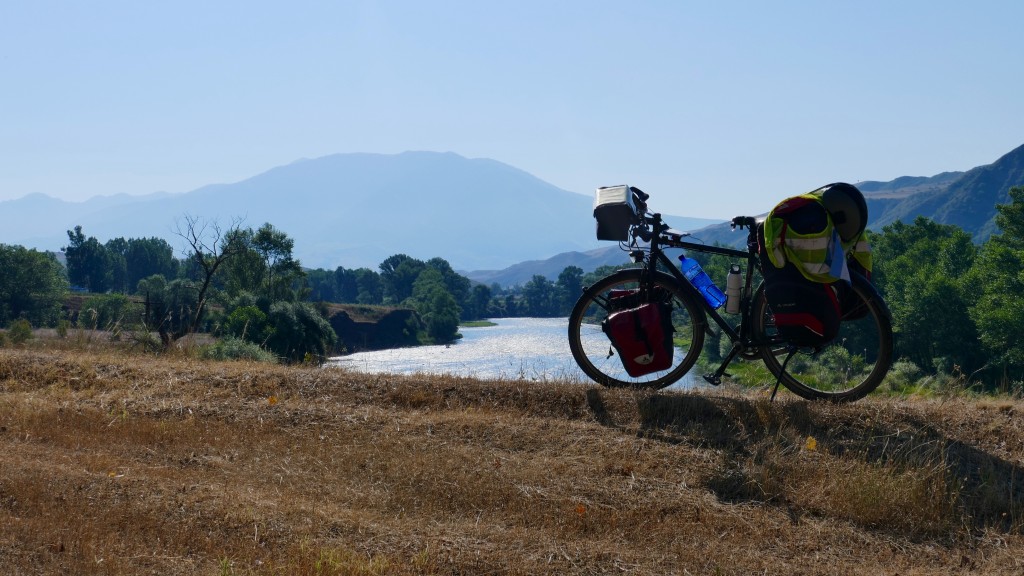
El valle del río Kurá en Georgia entre la ciudad de Akhaltsikhe y Khashuri fue en la historia una importante ruta de comunicación entre la capital Georgiana y Batumi en el Mar Negro. Esto lo demuestra también la cantidad de fortalezas que se encuentran a lo largo del valle, siempre ubicadas en laderas o elevaciones, como protección de invasores y como puntos de observación de transeúntes.
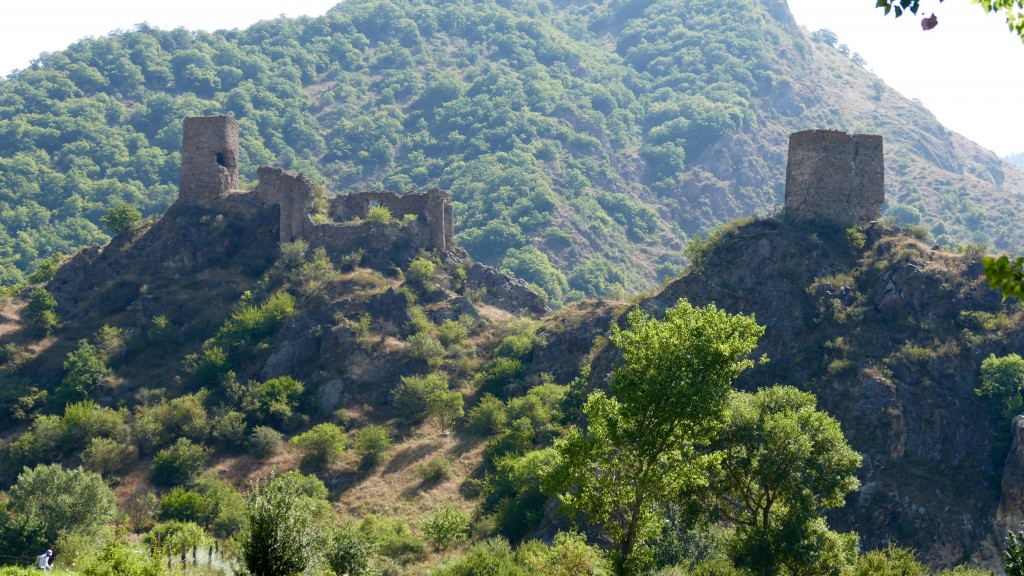
Atskuri fue el último de los grandes fortificaciones a lo largo del río Kurá por su significativa importancia estratégica. Esta situada el sur de Georgia y era siempre objetivo de ataque de los enemigos.
La fortaleza ha pasado muchas batallas, sobre todo en 1770, cuando sus defensores otomanos fueron atacados por un ejército ruso-georgiano que también luchaba contra Akhaltsikhe , principal bastión del otomano en Georgia.
El área alrededor de Atskuri estaba habitada desde tiempos antiguos. Las excavaciones arqueológicas han revelado tumbas desde el segundo milenio antes de Cristo, perlas fenicios, armas de bronce y artefactos, pulseras, anillos de oro y plata y cerámica.
Fuentes: http://georgiaabout.com/2013/11/09/atskuri-fortress/ , Wikipedia y www.viajargeorgia.es
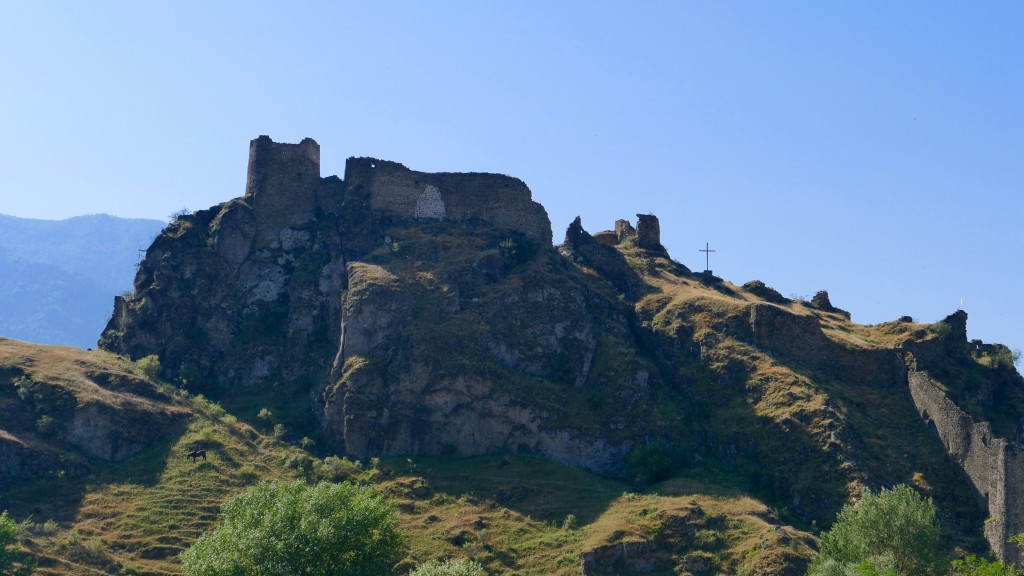
The medieval castle is located on a high rocky mountain, a few kilometers from Borjomi. In the XVI century, after the Ottoman conquest of Tori (a historic region of Georgia), Peter’s Castle was the administrative center of the Ottomans. Currently, the preserved remains of various buildings lie within the fortress walls, including ruins of a residence hall and a wine cellar. At Likani Village.
El monasterio verde, construido entre los siglos IX y X. El monasterio ortodoxo Chitakhevi de San Jorge (Monasterio Verde) se encuentra en un valle boscoso a 13 km de la ciudad de Borjomi. El material usado para su construction tiene la characteristic que algunas de sus piedras se han colorado de verde, probablemente a raid de musgos. Otros se han oscurecido.
El parque nacional Borjomi: Su historia data del tempo medieval en al cual fue usado principalmente por la aristocracia de la epoch, fundamentalmente como un coto de caza. Cuando Georgia perdió su independencia y paso a formar parte del imperio Ruso el Gran Duque Michael Nicolaievich a razón de la belleza de dicho parque ha decidido de construir en el su residencia de veraneo.
Recién en el año 1995 el Parque Borjomi-Kharagauli pasó a ser un parque nacional, con el apoyo del WWF y del Gobierno Alemán y fue inaugurado como tal oficialmente en el año 2001. Cuenta con una superficie de 80 mil kms2 y ocupa una superficie de 1% de Georgia.
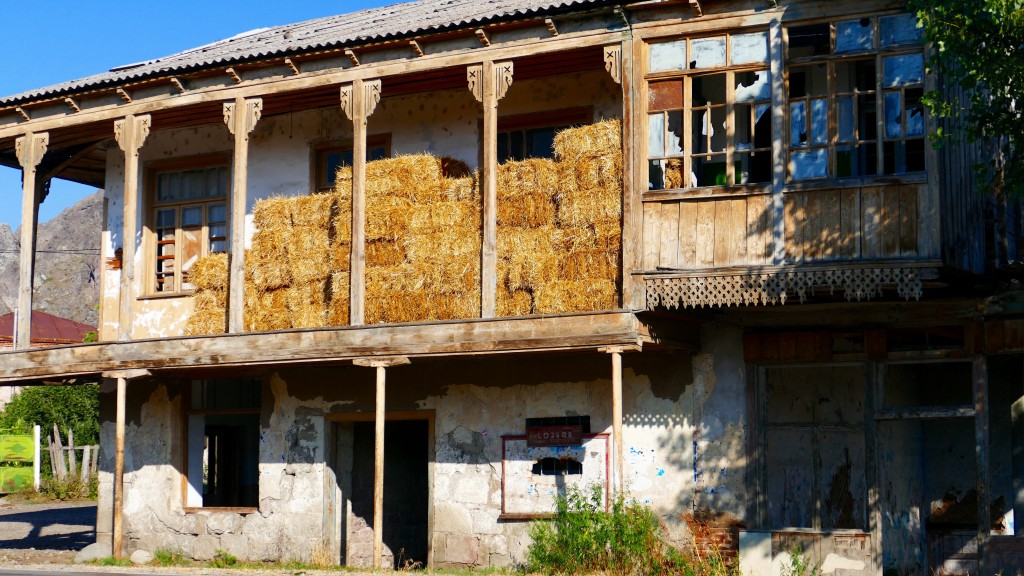

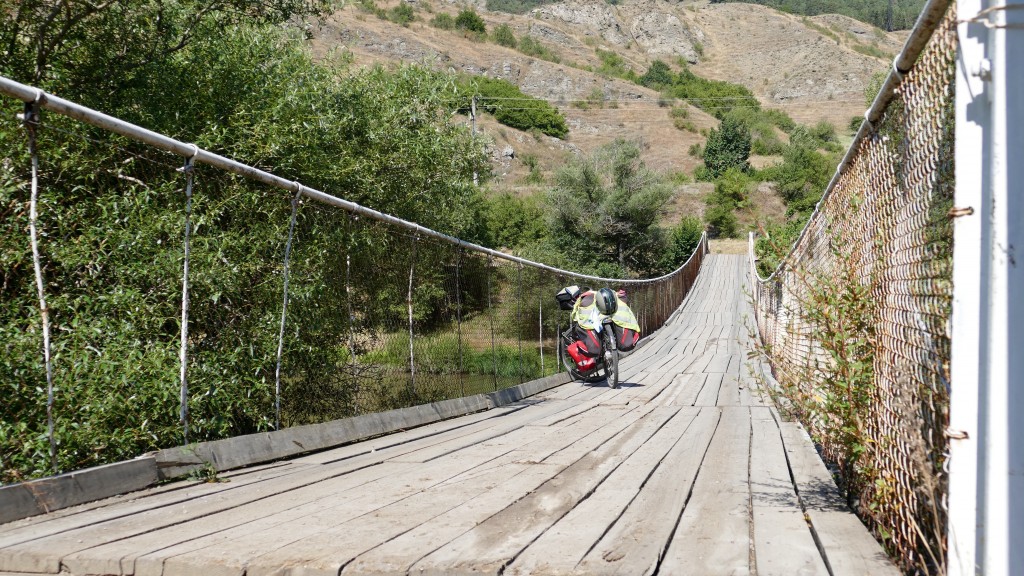
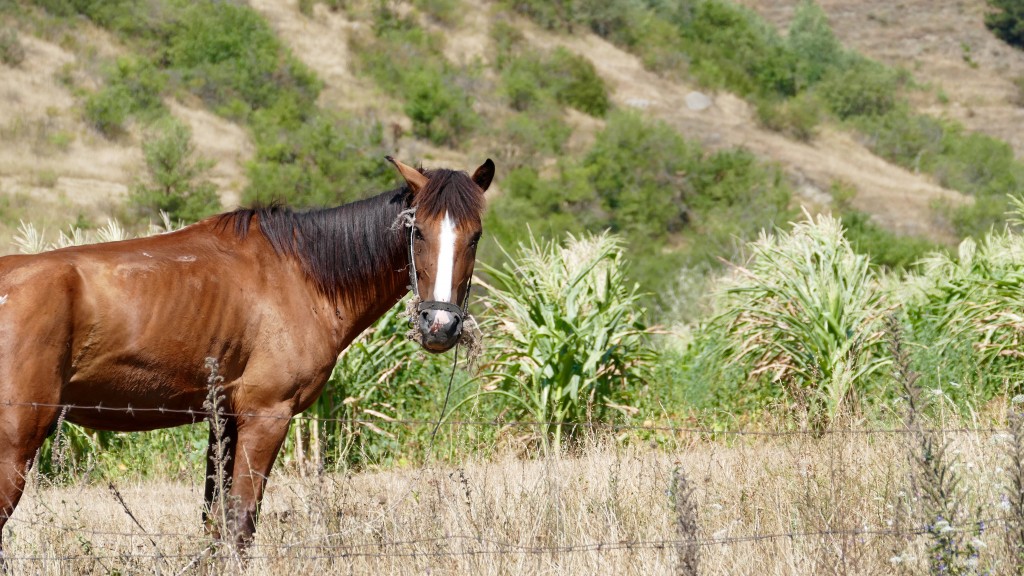
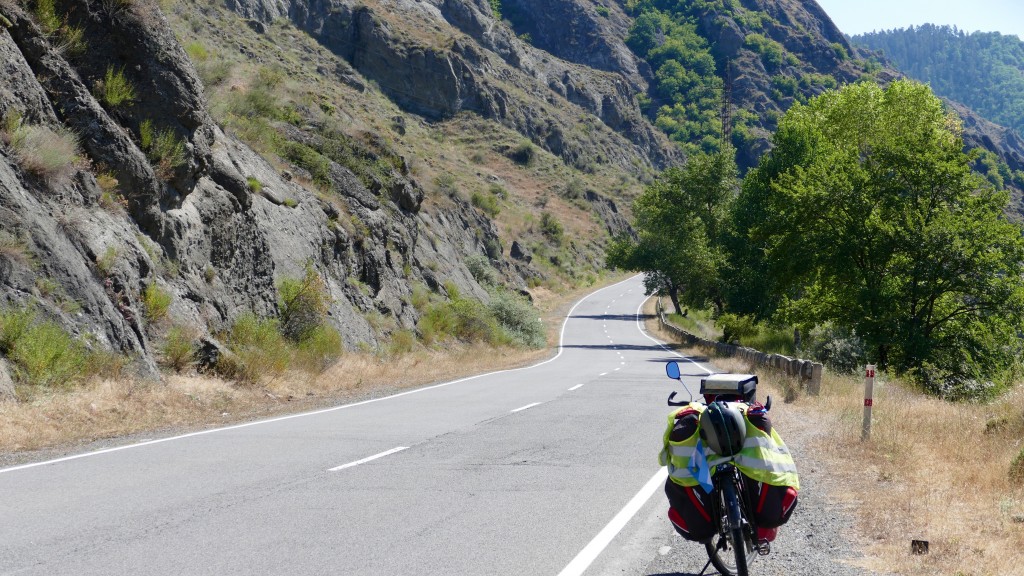
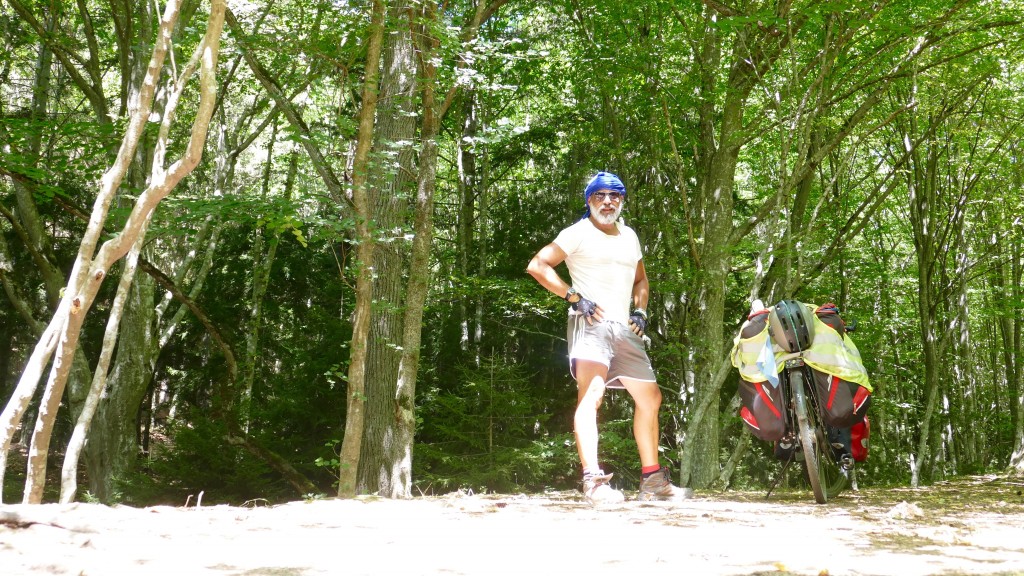
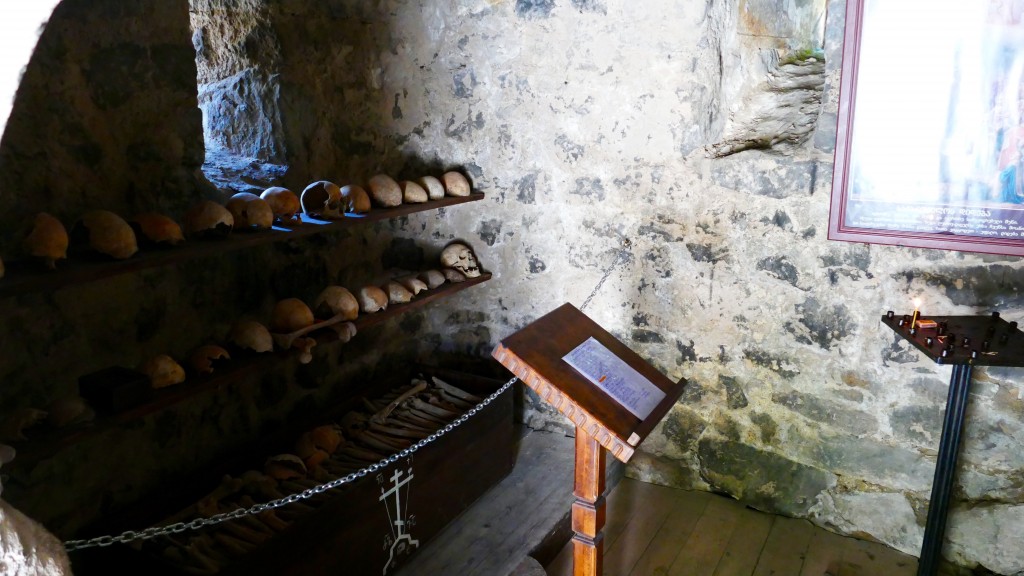
Built between the 9th-10th centuries, the Chitakhevi Monastery of St. George (the Green Monastery) is nestled in the beautiful Borjomi valley, 13 kilometers from the town of Borjomi. The church is constructed from special stones which have a green coloring to them, with some being darker and some lighter.
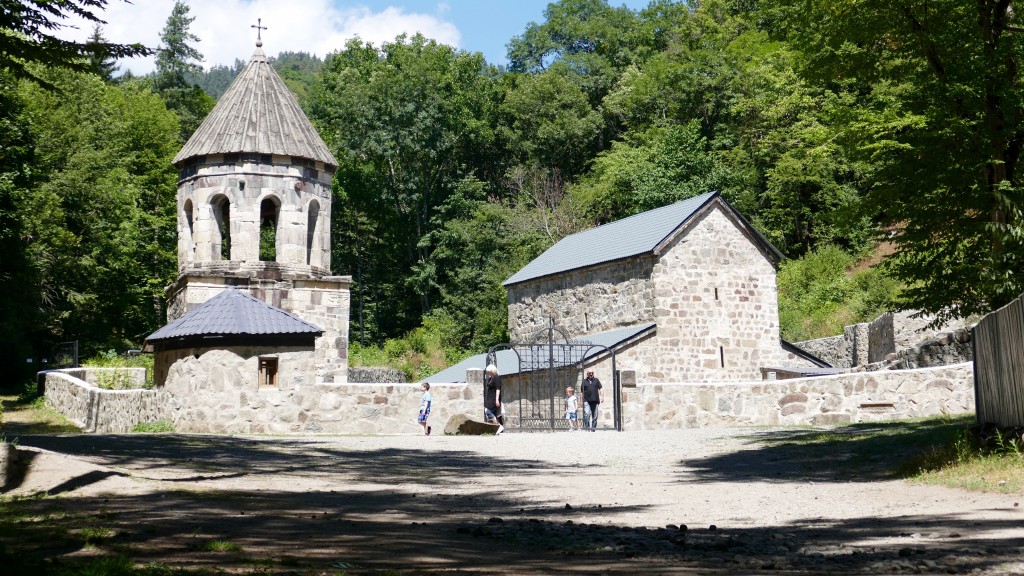
Built between the 9th-10th centuries, the Chitakhevi Monastery of St. George (the Green Monastery) is nestled in the beautiful Borjomi valley, 13 kilometers from the town of Borjomi. The church is constructed from special stones which have a green coloring to them, with some being darker and some lighter.
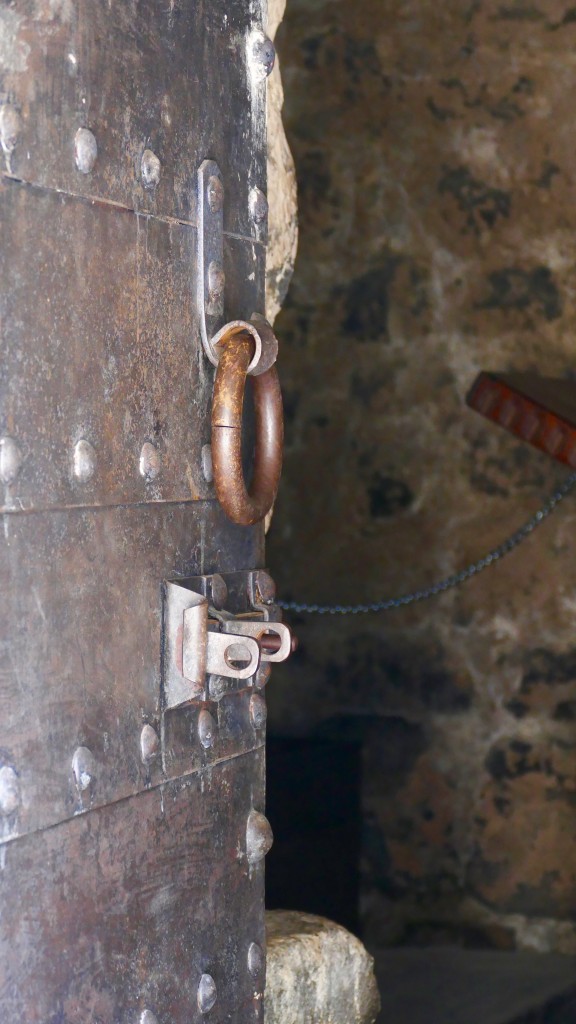
Built between the 9th-10th centuries, the Chitakhevi Monastery of St. George (the Green Monastery) is nestled in the beautiful Borjomi valley.
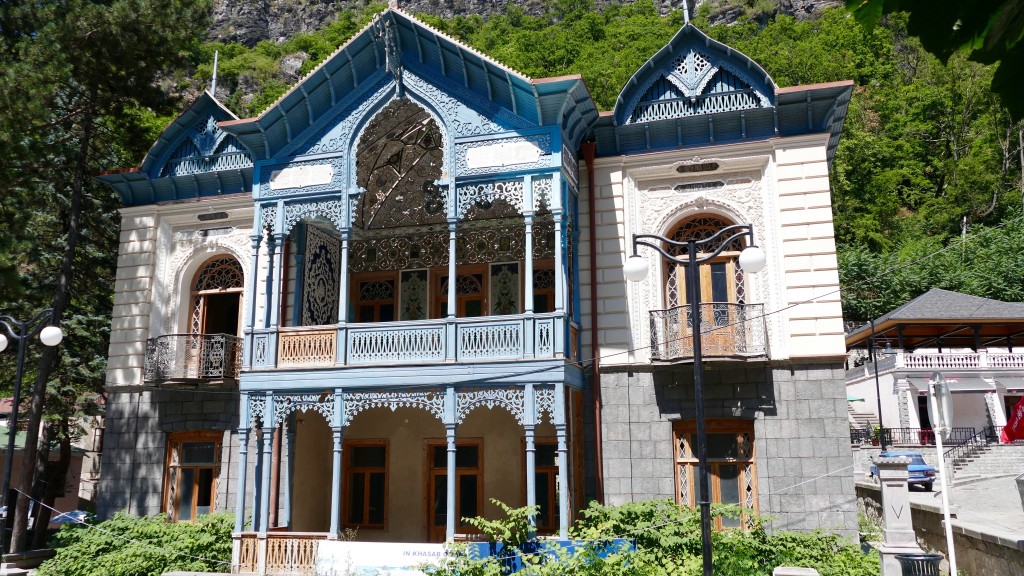
“Firuza” is one of the most important historical buildings in Borjomi. Situated at the entrance of the “Mineral Water Park,” it was built in 1892 by the consul of Iran and is considered a unique cultural monument. The building combines characteristics of Persian, Georgian and European styles.
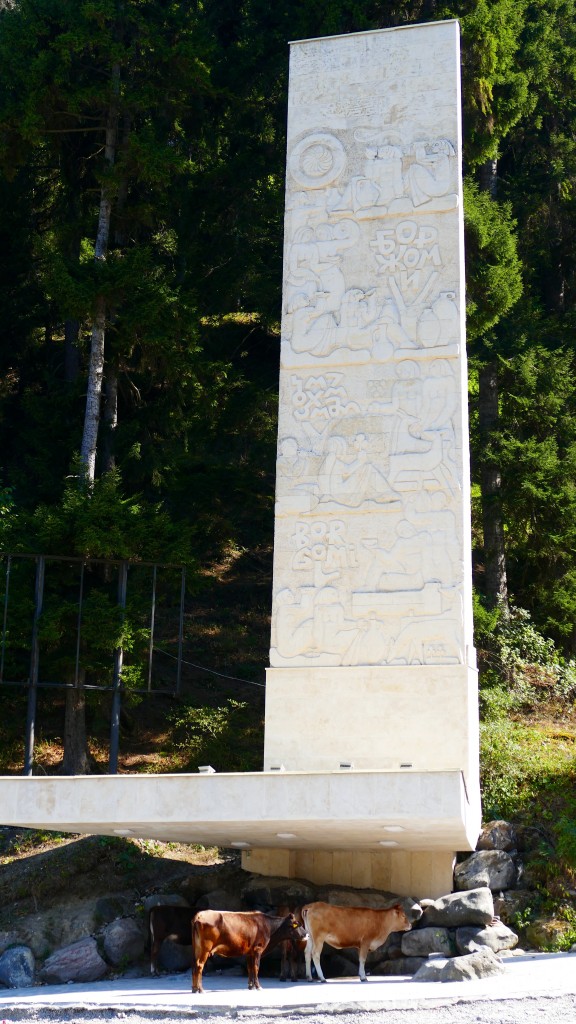
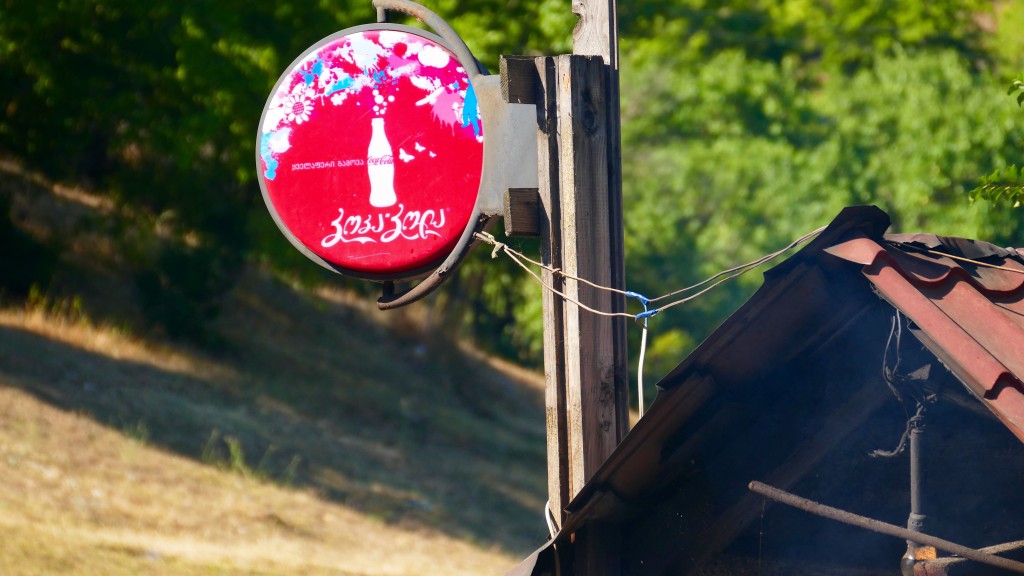
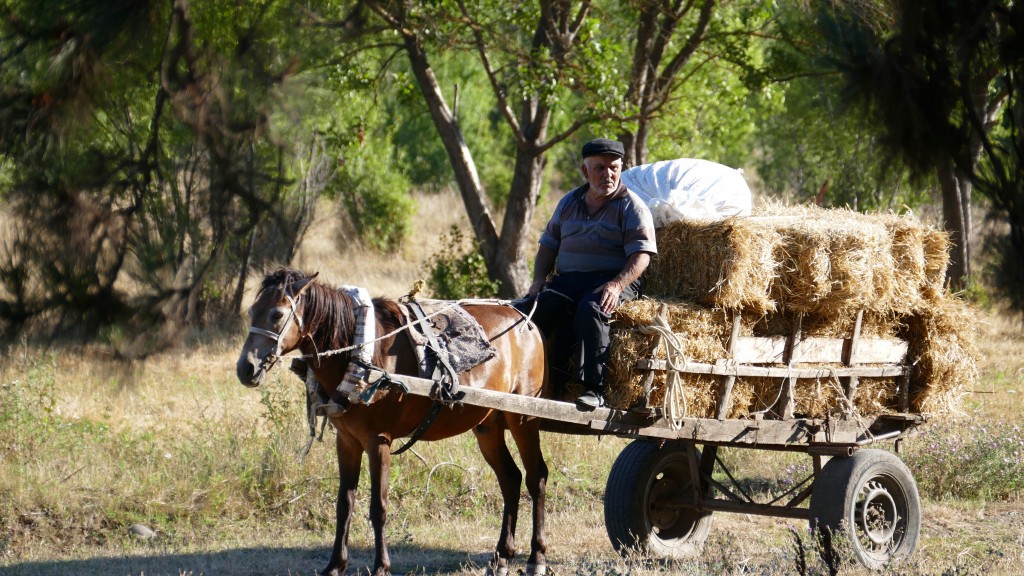
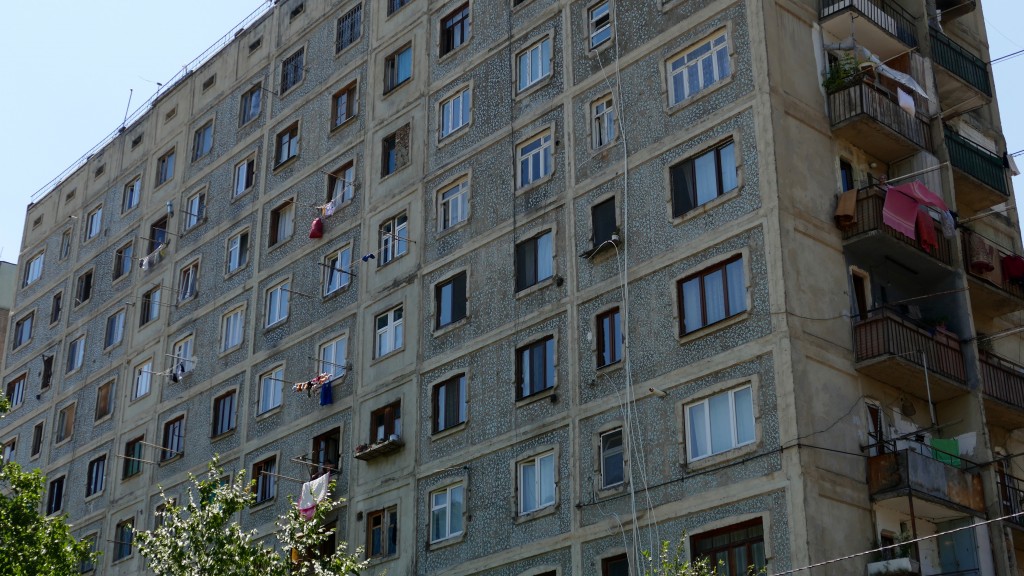

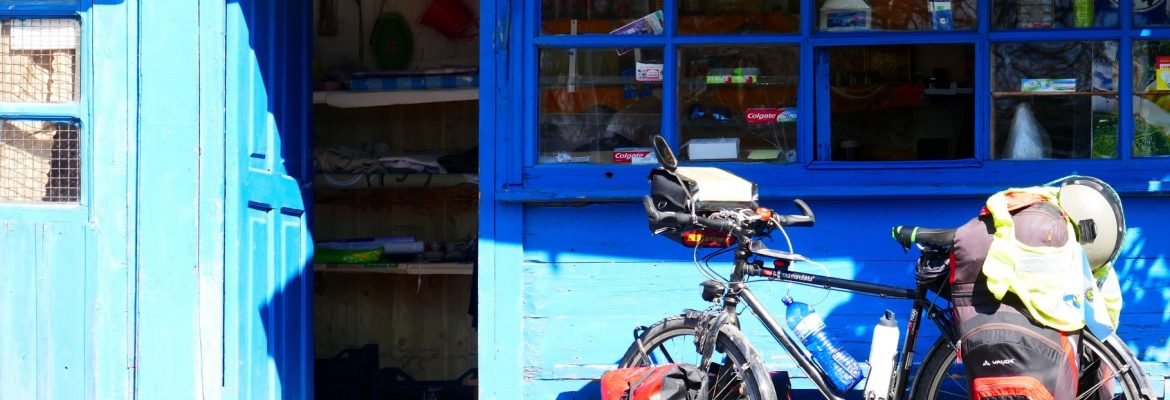

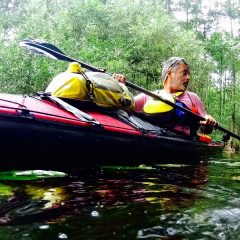

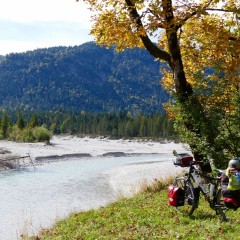
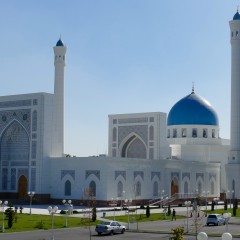

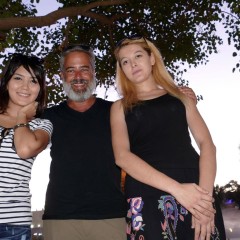
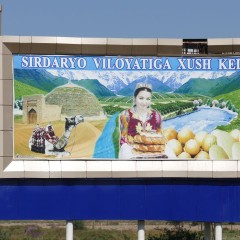
Dejar un comentario